Home>diy>Building & Construction>What Does Excavation Mean In Construction
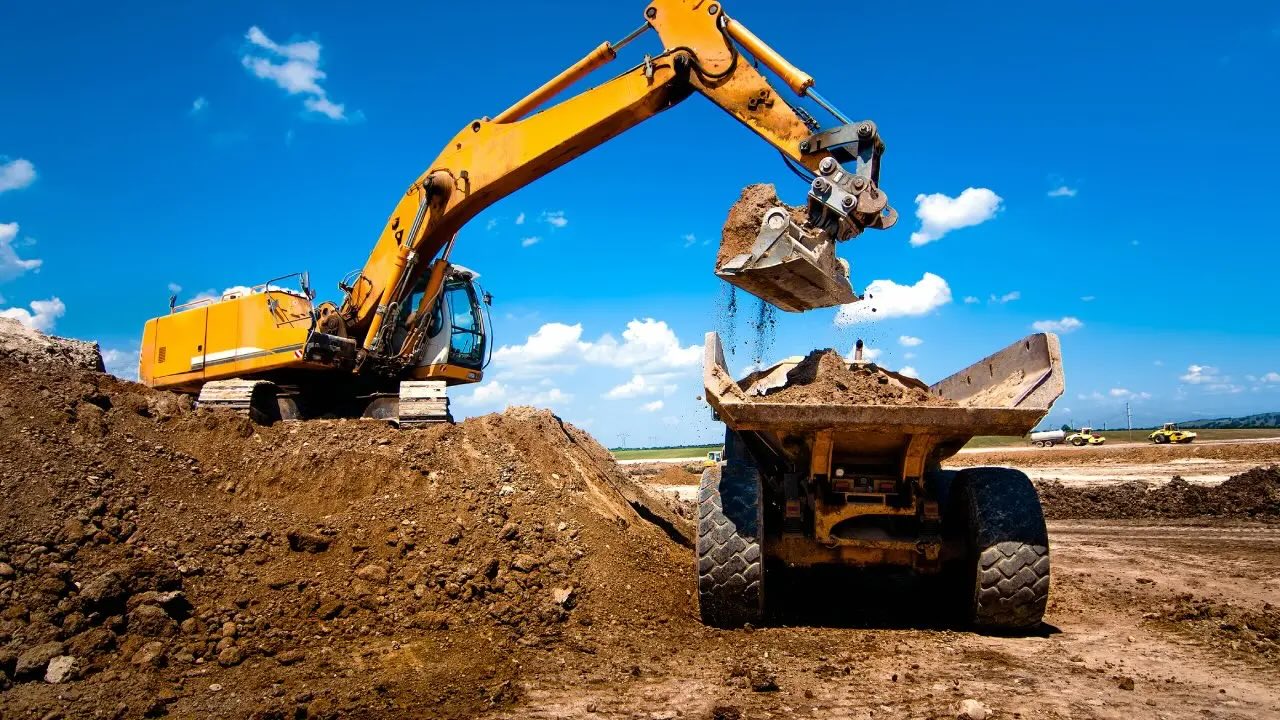

Building & Construction
What Does Excavation Mean In Construction
Modified: December 7, 2023
Discover what excavation means in the context of building construction. Gain insights into the process of digging and creating foundations for structures.
(Many of the links in this article redirect to a specific reviewed product. Your purchase of these products through affiliate links helps to generate commission for Storables.com, at no extra cost. Learn more)
Introduction
Construction projects are complex undertakings that involve a wide range of tasks and processes, one of which is excavation. Excavation plays a crucial role in the early stages of construction, as it involves the removal of earth or rock to create space for building foundations, underground utilities, or landscaping. This process sets the stage for the entire construction project by providing a solid and stable base.
Excavation can be a challenging and intricate process that requires careful planning, skilled operators, and the use of specialized equipment. It is vital to understand the importance of excavation in construction projects and the methods, equipment, safety precautions, and best practices involved in ensuring successful and efficient excavation.
In this article, we will explore the definition of excavation in construction, its significance, types of excavation methods, common equipment used, safety precautions, challenges, and risks, as well as best practices for successful excavation in construction.
By gaining a deeper understanding of excavation, we can appreciate the critical role it plays in the construction industry and promote better practices for achieving safe and efficient excavation processes.
Key Takeaways:
- Excavation is a fundamental step in construction, providing stable foundations, utility installations, site preparation, and accessibility enhancements. Proper planning, skilled professionals, and adherence to safety regulations are essential for successful excavation.
- Challenges and risks in excavation, such as cave-ins, underground utilities, unforeseen obstacles, and environmental impacts, require proactive management through thorough planning, continuous monitoring, and adherence to safety protocols.
Read more: What Is Excavation Work In Construction
Definition of Excavation in Construction
Excavation in construction refers to the process of removing materials, such as soil, rock, or other debris, from a site to create a cavity or open space for various purposes. It is a fundamental step in preparing the ground for construction projects, including the installation of foundations, underground utilities, basements, or landscaping.
The primary objective of excavation is to clear the site of any unwanted materials and create a stable foundation to support the structure being built. This process involves digging, trenching, or grading the ground to the required depth and shape as specified in the design plans.
Excavation can range from small-scale projects, such as swimming pool installations, to large-scale developments, like commercial buildings or highways. Regardless of the project size, proper excavation is essential to ensure the safety, stability, and longevity of any structure.
Excavation is typically carried out using heavy machinery, such as excavators, backhoes, or bulldozers, which are operated by skilled professionals. The process involves carefully removing materials in layers, taking into account the soil composition and any potential hazards or obstructions.
Furthermore, excavation may also include additional tasks, such as dewatering (removing water from the excavation site), shoring (installing temporary support structures), or backfilling (refilling the excavated area with suitable materials).
Overall, excavation is a crucial step in the construction process that sets the foundation for the subsequent stages. It requires expertise, precision, and adherence to safety regulations to ensure that the excavation is performed accurately and safely, providing a solid base for the construction project.
The Importance of Excavation in Construction Projects
Excavation is a critical component of any construction project and holds great importance for several reasons. Let’s explore why excavation is vital in construction:
- Foundation Preparation: Excavation is crucial for creating a solid foundation for structures. By removing the top layer of soil and digging to the required depth, excavation ensures a stable base that can handle the weight and load of the building. A well-executed excavation process allows for proper placement of footings and foundations, ensuring the structural integrity of the construction project.
- Utility Installations: Excavation is necessary for installing utilities, such as water pipes, sewer lines, electrical conduits, and gas lines. These vital underground systems need to be carefully planned and laid out during the excavation process to ensure proper connections and functionality. Efficient excavation allows for the seamless installation of utilities, enabling the building to have access to essential services.
- Site Preparation: Excavation helps to prepare the construction site by clearing vegetation, obstacles, and unwanted materials. It levels the terrain, removes rocks or debris, and ensures that the site is ready for construction activities. Proper site preparation through excavation eliminates potential hazards and ensures a safe working environment for the construction team.
- Landscaping and Drainage: Excavation plays a role in landscaping projects, shaping the land to create desired contours, slopes, and features. Additionally, it helps with proper drainage by creating trenches or grading the land, preventing water from pooling around the building and causing potential damage. Well-executed excavation ensures efficient water management on the site.
- Accessibility and Functionality: Excavation allows for the creation of basements, parking lots, or underground parking structures. These spaces greatly enhance the functionality of a building by providing additional usable areas, storage space, or parking facilities. Excavation enables efficient utilization of the available land and maximizes the potential of the construction project.
Overall, excavation is a crucial step in construction as it sets the foundation, facilitates utility installation, prepares the site, enhances landscaping and drainage, and improves accessibility. Without proper excavation, construction projects would lack stability, functionality, and the ability to accommodate vital infrastructure.
It is important to engage experienced professionals who understand the intricacies of excavation to ensure that all aspects are carefully considered and executed. By giving due importance to excavation, construction projects can lay the groundwork for success and create structures that are safe, reliable, and functional.
Types of Excavation Methods in Construction
Excavation methods in construction can vary depending on the specific project requirements and site conditions. Here are some common types of excavation methods:
- Trench Excavation: Trench excavation involves digging long, narrow trenches for various purposes, such as laying pipelines, installing utilities, or creating foundations for small structures like retaining walls or fences. Trenches are typically deeper than they are wide, and they often require shoring or sloping to maintain stability.
- Basement Excavation: This method is employed when constructing basements or underground levels. It involves excavating a large volume of soil to create space below ground level. Basement excavation requires careful planning and support systems to prevent collapse and ensure the safety of workers. Backfilling may be necessary after construction is complete to fill in the excavated area around the basement.
- Mass Excavation: Mass excavation is used for large-scale projects like highways, dams, or commercial buildings where a large volume of soil needs to be removed. This method involves excavating a significant amount of material quickly and efficiently using heavy machinery, such as excavators or bulldozers.
- Cut and Fill Excavation: Cut and fill excavation is a process where soil is cut from one area of the site and then used to fill another area. This method is commonly employed when the ground level needs to be modified to create level surfaces or slopes. It is particularly useful for constructing roadways, embankments, or building pads.
- Rock Excavation: Rock excavation involves the removal of solid rock to create space for construction. This method is often more challenging and requires specialized equipment, such as hydraulic hammers or rock breakers, to fracture and remove the rock. Rock excavation is commonly encountered in projects like tunnels, excavating for foundations on rocky terrain, or quarrying.
- Underwater Excavation: Underwater excavation is performed when construction activities need to be carried out in bodies of water, such as lakes, rivers, or oceans. This method involves the use of specialized equipment, such as dredgers or excavation barges, to remove sediment, mud, or rock from the underwater area.
Each excavation method requires careful planning, assessment of ground conditions, and adherence to safety protocols. The choice of excavation method depends on factors such as the project scale, soil types, site accessibility, and the purpose of the excavation. Engaging skilled professionals who have experience in the specific excavation method required for the project is essential to ensure its successful execution.
It is important to note that excavation projects may require a combination of methods or modifications to suit the unique characteristics of the site. Proper analysis, design, and execution are crucial to maintaining stability, minimizing risks, and completing the excavation within the designated timeframe.
Common Equipment Used in Excavation
Excavation in construction projects requires the use of various types of equipment to efficiently and safely remove soil, rocks, or debris. Here are some common equipment used in excavation:
- Excavators: Excavators, also known as diggers or hydraulic excavators, are versatile machines used to dig, scoop, and move large amounts of material. They have a rotating cab, a bucket at the end of a hydraulic arm, and tracks or wheels for mobility. Excavators come in different sizes and can be equipped with various attachments for specific excavation tasks.
- Backhoes: Backhoes are similar to excavators but have a specific design with a digging bucket on the back end and a loader bucket on the front. They are commonly used in smaller-scale projects and have excellent maneuverability, making them suitable for tight spaces and urban environments.
- Bulldozers: Bulldozers are heavy machines equipped with a large blade at the front, which is used for pushing and moving soil, rocks, or debris. They are commonly used for earthmoving, site preparation, and leveling large areas of land.
- Skid-Steer Loaders: Skid-steer loaders are compact machines with a small turning radius and a skid-steering mechanism. They are versatile and widely used for various tasks, such as digging, grading, and loading materials. Skid-steer loaders are particularly useful in confined spaces and can be equipped with different attachments to perform a range of excavation tasks.
- Trenchers: Trenchers are specialized machines designed for digging trenches of different widths and depths. They are commonly used in projects that require the installation of underground utilities, such as water pipes or electrical conduits. Trenchers come in various sizes and configurations, including chain trenchers, wheel trenchers, and micro trenchers.
- Dump Trucks: Dump trucks are used to transport excavated materials from the excavation site to a designated location. They have a bed that can be tilted backward to unload the materials. Dump trucks come in different sizes and capacities to accommodate various hauling requirements.
- Compact Excavators: Compact excavators, also known as mini excavators, are smaller versions of the standard excavators. They are highly maneuverable and are commonly used for light excavation tasks, landscaping, or working in confined spaces.
It is important to choose the appropriate equipment based on the specific excavation requirements, site conditions, and project scale. Skilled operators who are trained in the operation and maintenance of the equipment ensure efficient and safe excavation practices.
In addition to machinery, other tools such as shovels, rakes, levels, and surveying equipment may be used to assist in the excavation process. Safety gear, including hard hats, gloves, and high-visibility clothing, should also be worn by all personnel involved in the excavation to ensure a safe working environment.
By utilizing the right equipment and tools, construction projects can achieve efficient excavation, minimizing disruptions and delays while ensuring the safety of the workers and the overall success of the project.
Excavation in construction refers to the process of removing earth to create a space for building foundations, underground utilities, or landscaping. It involves careful planning, safety measures, and compliance with local regulations.
Safety Precautions and Regulations in Excavation
Excavation is a potentially hazardous activity that requires strict adherence to safety precautions and regulations to ensure the well-being of workers and mitigate risks. Here are some essential safety measures and regulations to consider during excavation:
- Site Inspection and Assessment: Before starting any excavation, it is crucial to conduct a thorough site inspection to identify potential hazards, such as underground utilities, unstable soils, or nearby structures. This assessment helps in devising a proper plan to mitigate risks and ensure worker safety.
- Proper Planning and Design: A well-designed and well-executed excavation plan is essential to minimize risks. The plan should consider factors like soil stability, shoring requirements, and the use of protective measures like barriers, warning signs, and fencing to prevent unauthorized access to the excavation site.
- Safety Training and Competency: All personnel involved in excavation should receive adequate training on safe excavation practices, equipment operation, and hazard recognition. Workers should be competent in using the required equipment and follow established safety protocols.
- Protective Systems: Depending on the soil conditions and depth of excavation, protective systems such as shoring, sloping, or benching should be implemented to prevent cave-ins. These systems help maintain the stability of the excavation and protect workers from potential hazards.
- Utility Location and Protection: Proper identification and marking of underground utilities, such as gas pipelines, water lines, or electrical cables, is crucial to avoid accidental damage or injury. Utility companies should be contacted to locate and mark the utilities before excavation work begins.
- Trench and Excavation Safety: For trench excavations, the Occupational Safety and Health Administration (OSHA) has specific guidelines regarding protective systems, access, egress, and worker exposure. Compliance with these regulations helps ensure that trenches are safe and secure for workers.
- Personal Protective Equipment (PPE): Workers involved in excavation should wear appropriate PPE, including hard hats, high-visibility clothing, safety goggles or glasses, gloves, and steel-toe boots. PPE helps protect workers from falling objects, flying debris, or other potential hazards.
- Continuous Monitoring and Inspections: Regular site inspections, monitoring of soil conditions, and maintaining proper documentation of safety measures are essential during excavation. This ensures that any potential hazards or changes in the excavation site are promptly addressed and mitigated.
- Emergency Response and Evacuation: Planning for emergencies, such as cave-ins, equipment failures, or utility accidents, is critical. Adequate emergency response plans, including evacuation procedures, should be in place, and workers should be trained to respond to such situations quickly and effectively.
It is vital to comply with regional or national safety regulations and consult local authorities to ensure that all safety requirements and permits are obtained before commencing excavation work. Regular safety meetings and open communication among team members play a significant role in maintaining a safe working environment throughout the excavation process.
By prioritizing safety precautions and adhering to regulations, construction projects can minimize accidents, injuries, and fatalities, creating a secure and productive work environment for all involved.
Challenges and Risks in Excavation
Excavation in construction projects presents various challenges and risks that need to be carefully managed to ensure the safety of workers and the successful completion of the project. Here are some common challenges and risks associated with excavation:
- Cave-ins and Collapses: One of the most significant risks in excavation is the potential for cave-ins or collapses. Excavations in unstable soil or when proper protective systems are not in place can lead to the surrounding soil giving way, endangering workers in the excavation area.
- Underground Utilities: Excavation activities can pose risks to underground utilities if they are not properly located and protected. Striking a gas pipeline or electrical cable can result in serious accidents, injuries, or property damage, emphasizing the importance of thorough utility identification and safe excavation practices.
- Unforeseen Obstacles: During excavation, unexpected obstacles such as buried debris, underground storage tanks, or boulders may be encountered. These obstacles can impede progress, increase project costs, and require thoughtful planning to safely and efficiently remove or work around them.
- Equipment Hazards: The use of heavy machinery and equipment in excavation presents its own set of risks. Improper operation, equipment failure, or lack of maintenance can lead to accidents, injuries, or damage to property. Adequate training, regular inspections, and compliance with safety protocols are essential to mitigate these risks.
- Environmental Impact: Excavation activities can have an impact on the surrounding environment, including soil erosion, sediment runoff, and disruption to ecosystems. Proper erosion control, implementation of sedimentation basins, and adherence to environmental regulations are necessary to minimize these impacts.
- Working in Confined Spaces: Excavation often involves working in confined spaces, such as trenches or underground structures. These environments pose additional risks, such as poor ventilation, limited escape routes, or exposure to hazardous gases. Adequate training, ventilation, and proper use of personal protective equipment are crucial in mitigating the hazards associated with confined spaces.
- Unstable Excavation Slopes: Excavation slopes, especially in loose or cohesive soils, can be prone to slope failures. Slides or collapses of excavated slopes can result in injuries or fatalities. Proper slope stabilization techniques, such as slope reinforcement and erosion control measures, should be implemented to prevent these incidents.
- Dewatering Challenges: Excavations may encounter groundwater, requiring the implementation of dewatering techniques to keep the excavation area dry. Poor management of dewatering can lead to instability, groundwater contamination, or flooding, emphasizing the need for careful planning and monitoring.
Managing these challenges and risks in excavation requires diligent planning, proper training, effective communication, and implementation of safety protocols. Engaging experienced professionals and adhering to industry best practices can significantly reduce the likelihood of accidents and ensure a successful excavation process.
Regular monitoring, inspections, and continual assessment of site conditions throughout the excavation project are essential to identify and manage any emerging risks or challenges promptly. By addressing these challenges and risks proactively, construction projects can proceed safely and effectively.
Best Practices for Successful Excavation in Construction
Successful excavation in construction requires careful planning, execution, and adherence to best practices to ensure the safety of workers, efficient progress, and the successful completion of the project. Here are some key best practices for achieving successful excavation:
- Thorough Site Evaluation: Conduct a comprehensive site evaluation before starting excavation. This evaluation includes assessing soil conditions, stability, potential hazards, and nearby structures. Understanding the site’s characteristics helps in determining the appropriate excavation methods, safety measures, and equipment required.
- Develop a Detailed Excavation Plan: A well-planned excavation plan is crucial to ensure the project progresses smoothly. The plan should outline the excavation method, specific tasks, work sequence, and safety measures. Consider factors like shoring requirements, utility locations, and environmental considerations in the plan.
- Engage Skilled Professionals: Hire experienced and trained professionals who have expertise in excavation. Skilled operators ensure the proper use and selection of equipment, efficient excavation techniques, and adherence to safety standards. Engaging professionals with a deep understanding of soil mechanics and excavation practices is essential for successful results.
- Utility Location and Protection: Before excavation, locate and mark underground utilities to prevent accidental damage. Contact utility companies for utility identification and take necessary precautions to protect them during excavation. Implementing proper utility protection measures minimizes the risk of utility-related accidents or disruptions to services.
- Implement Safe Excavation Practices: Prioritize safety throughout the excavation process. This includes providing appropriate personal protective equipment (PPE) for workers, conducting regular safety training, and following safety protocols. Regular inspections, monitoring, and documentation of safety measures help maintain a safe working environment.
- Proper Equipment Selection and Maintenance: Use appropriate equipment for the specific excavation tasks. Ensure the equipment is well-maintained, regularly inspected, and operated by trained professionals. Regular maintenance and servicing of equipment reduce the risk of breakdowns, accidents, and project delays.
- Continuous Monitoring and Documentation: Regularly monitor and document the progress, site conditions, and any changes during excavation. This helps in assessing the effectiveness of the excavation plan, identifying potential risks or issues, and making necessary adjustments in a timely manner.
- Communication and Collaboration: Foster open communication and collaboration among all stakeholders involved in the excavation project. Regular meetings, clear instructions, and effective communication help maintain coordination, address any concerns, and ensure everyone is updated on the project’s progress.
- Environmental Considerations: Consider environmental factors and implement proper erosion control and sedimentation measures. Implementing erosion control techniques, such as installing sediment barriers or using dust suppression methods, helps minimize the impact of excavation on the environment.
- Compliance with Regulations: Ensure compliance with all local, regional, and national regulations regarding excavation. Obtain necessary permits, conduct inspections, and adhere to safety standards. Compliance with regulations minimizes legal issues, potential fines, and ensures responsible construction practices.
By following these best practices, construction projects can achieve successful excavation that promotes worker safety, minimizes risks, and ensures the project progresses efficiently. Effective planning, skilled professionals, continuous monitoring, and adherence to safety protocols lay the foundation for successful excavation and the overall success of the construction project.
Conclusion
Excavation is a crucial aspect of construction projects, setting the foundation for secure and successful structures. Understanding the definition, methods, equipment, safety precautions, and best practices involved in excavation is essential for achieving efficient and safe results.
Excavation serves multiple purposes, including foundation preparation, utility installations, site preparation, landscaping, and accessibility enhancements. By following proper excavation techniques, construction projects can ensure stability, functionality, and longevity.
Types of excavation methods, such as trench excavation, basement excavation, mass excavation, cut and fill excavation, rock excavation, and underwater excavation, offer flexibility to address the specific requirements of each project. Proper equipment selection, including excavators, backhoes, bulldozers, trenchers, dump trucks, and compact excavators, along with skilled professionals, contribute to the success of excavation endeavors.
However, it is crucial to prioritize safety throughout the excavation process. This includes thorough site evaluations, detailed excavation plans, utility location and protection, safe excavation practices, proper equipment maintenance, and compliance with safety regulations. Implementing these practices ensures the well-being of workers, minimizes risks, and prevents accidents or damage to property.
Challenges and risks in excavation, such as cave-ins, underground utilities, unforeseen obstacles, equipment hazards, and environmental impacts, should be carefully managed through consistent monitoring, inspections, and communication among team members. Proactive measures, including site assessments, thorough planning, preparedness for emergencies, and continual documentation, contribute to a safe and successful excavation process.
In conclusion, excavation is a vital process in construction that requires expertise, planning, and adherence to safety regulations. By implementing best practices, such as thorough site evaluations, detailed plans, proper equipment selection, safety measures, and compliance with regulations, construction projects can achieve efficient, safe, and successful excavation outcomes.
In the dynamic world of construction, the importance of excavation cannot be overstated. It lays the groundwork for structures that stand the test of time, ensuring the safety, functionality, and durability of the built environment.
Frequently Asked Questions about What Does Excavation Mean In Construction
Was this page helpful?
At Storables.com, we guarantee accurate and reliable information. Our content, validated by Expert Board Contributors, is crafted following stringent Editorial Policies. We're committed to providing you with well-researched, expert-backed insights for all your informational needs.



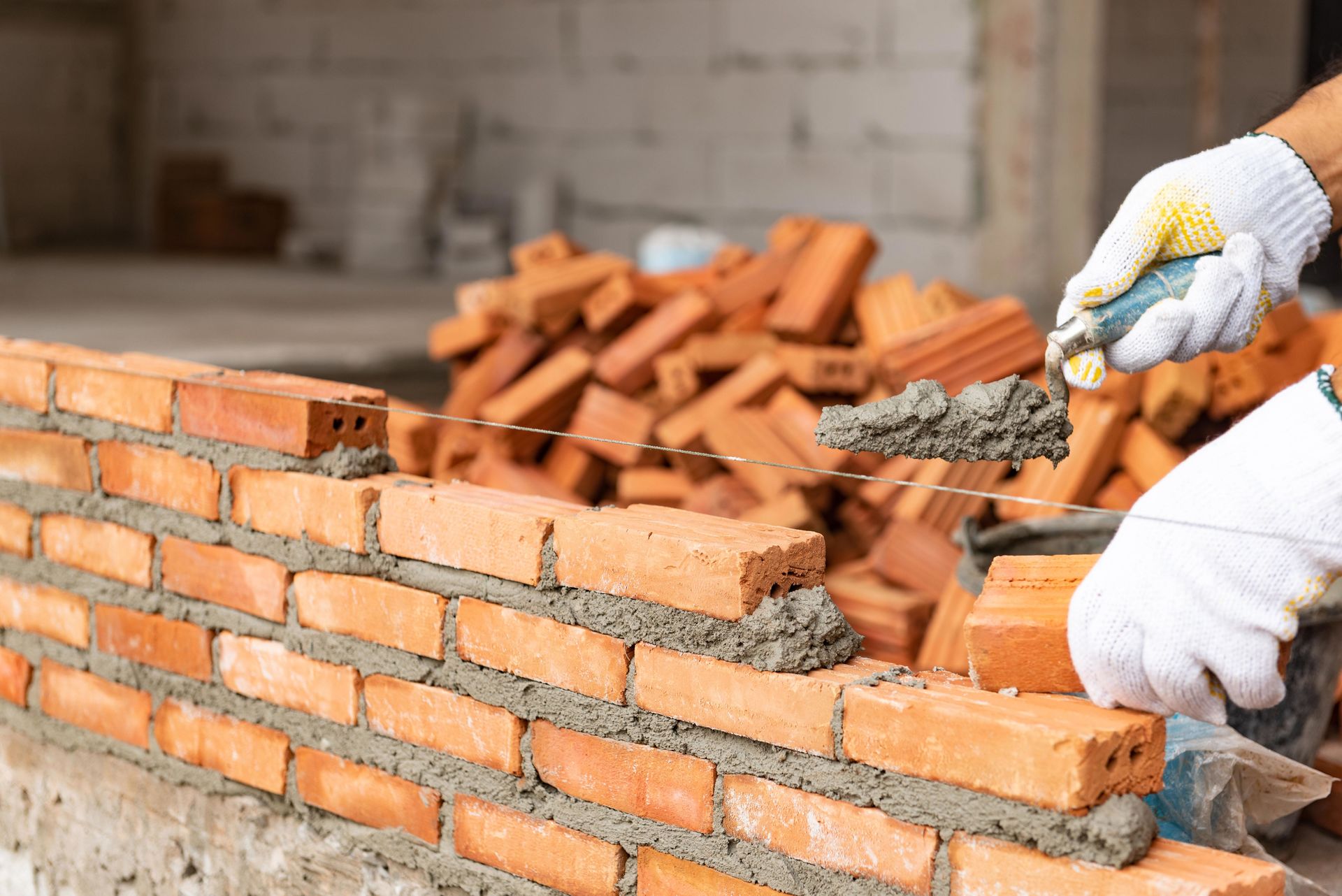


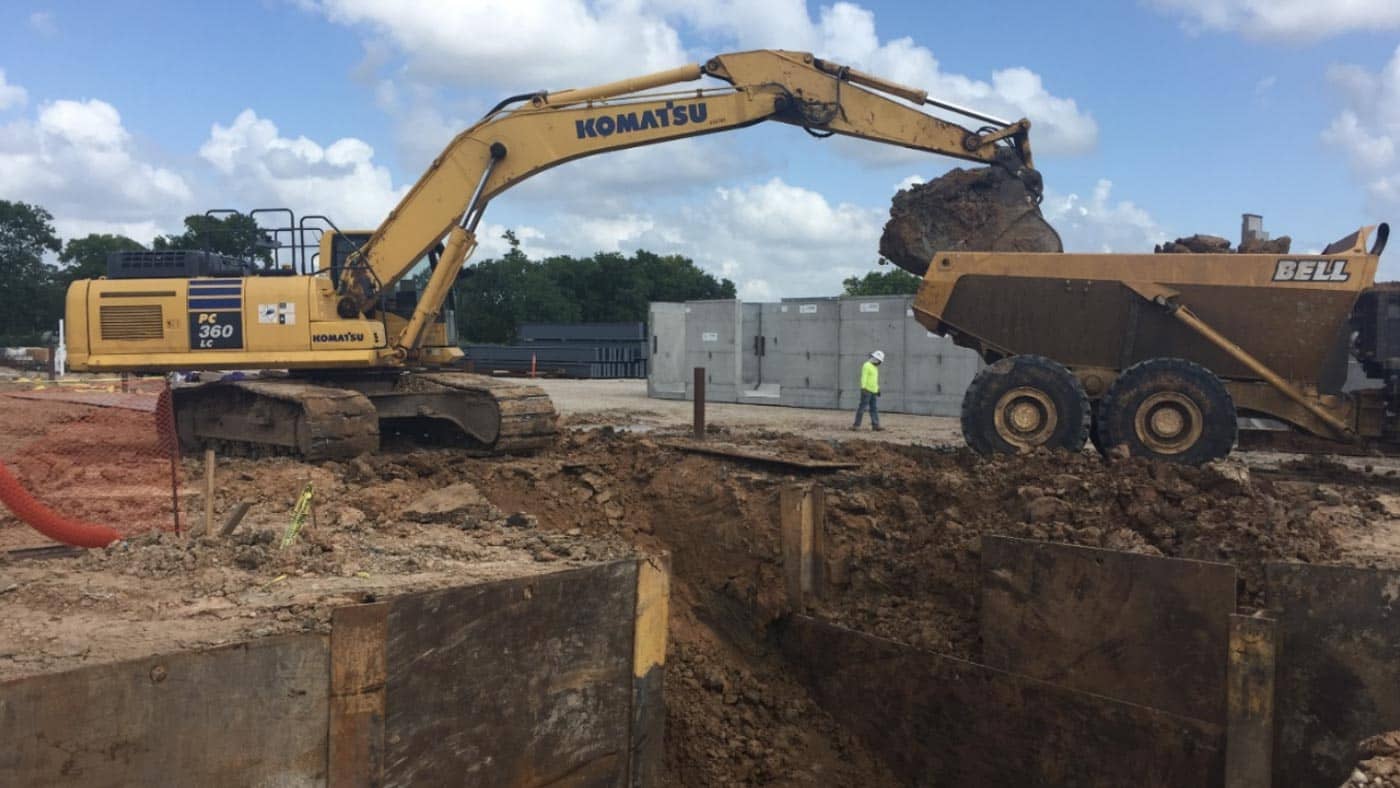



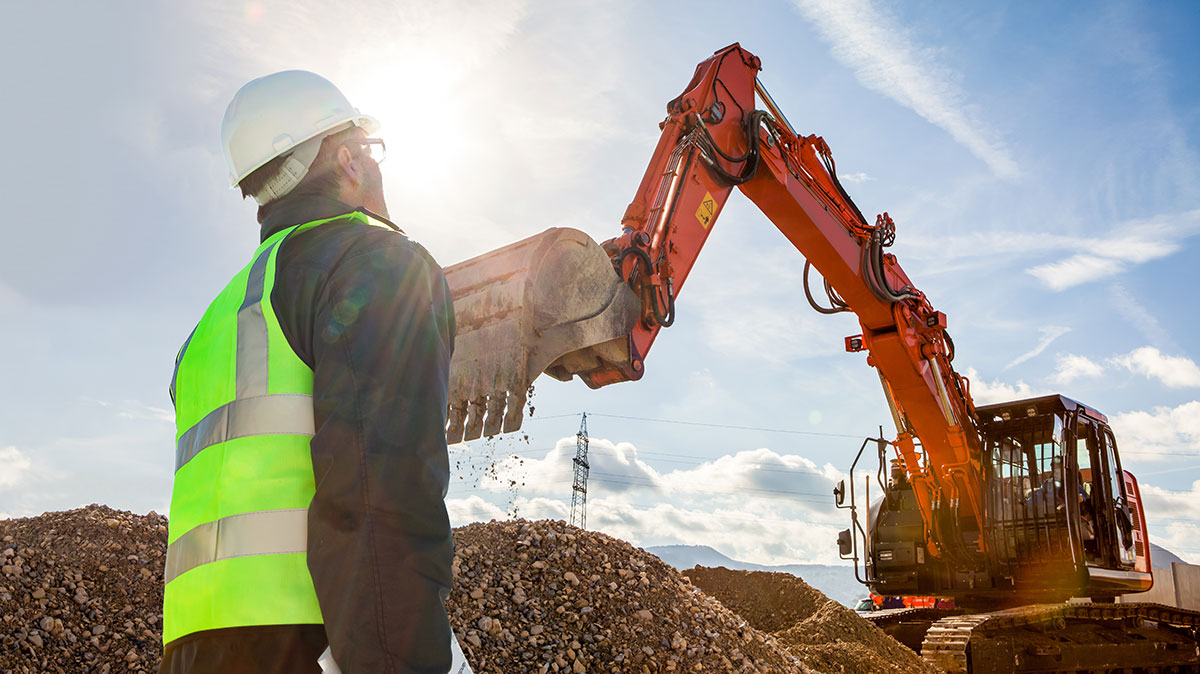
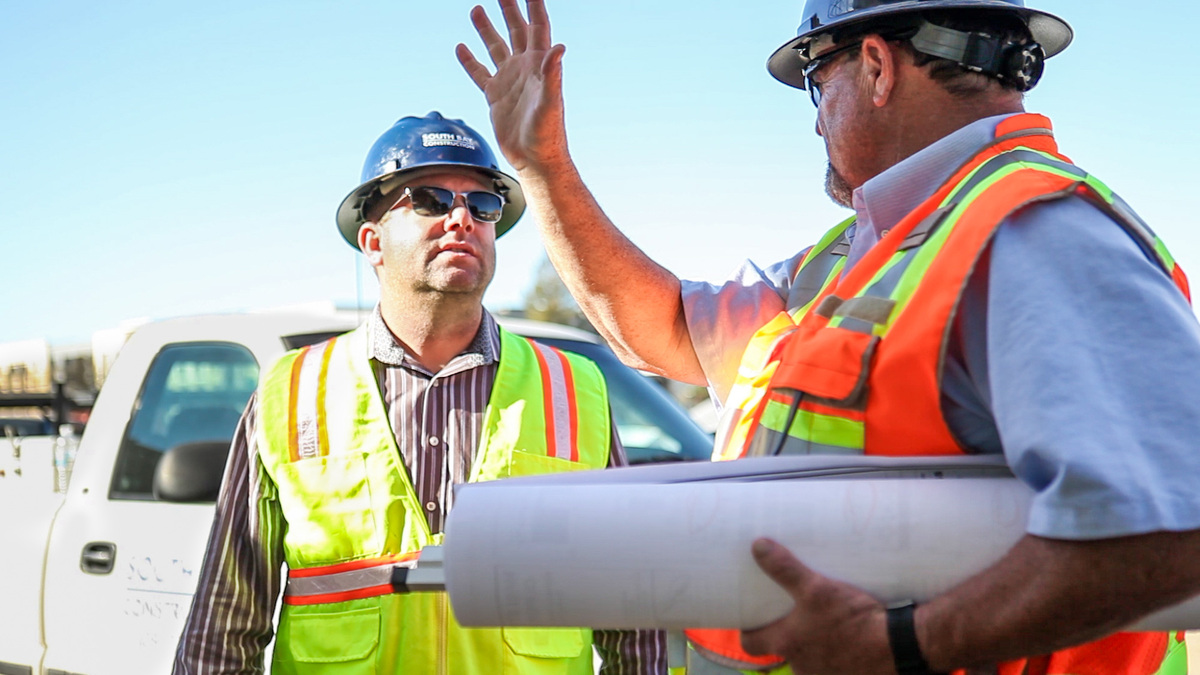

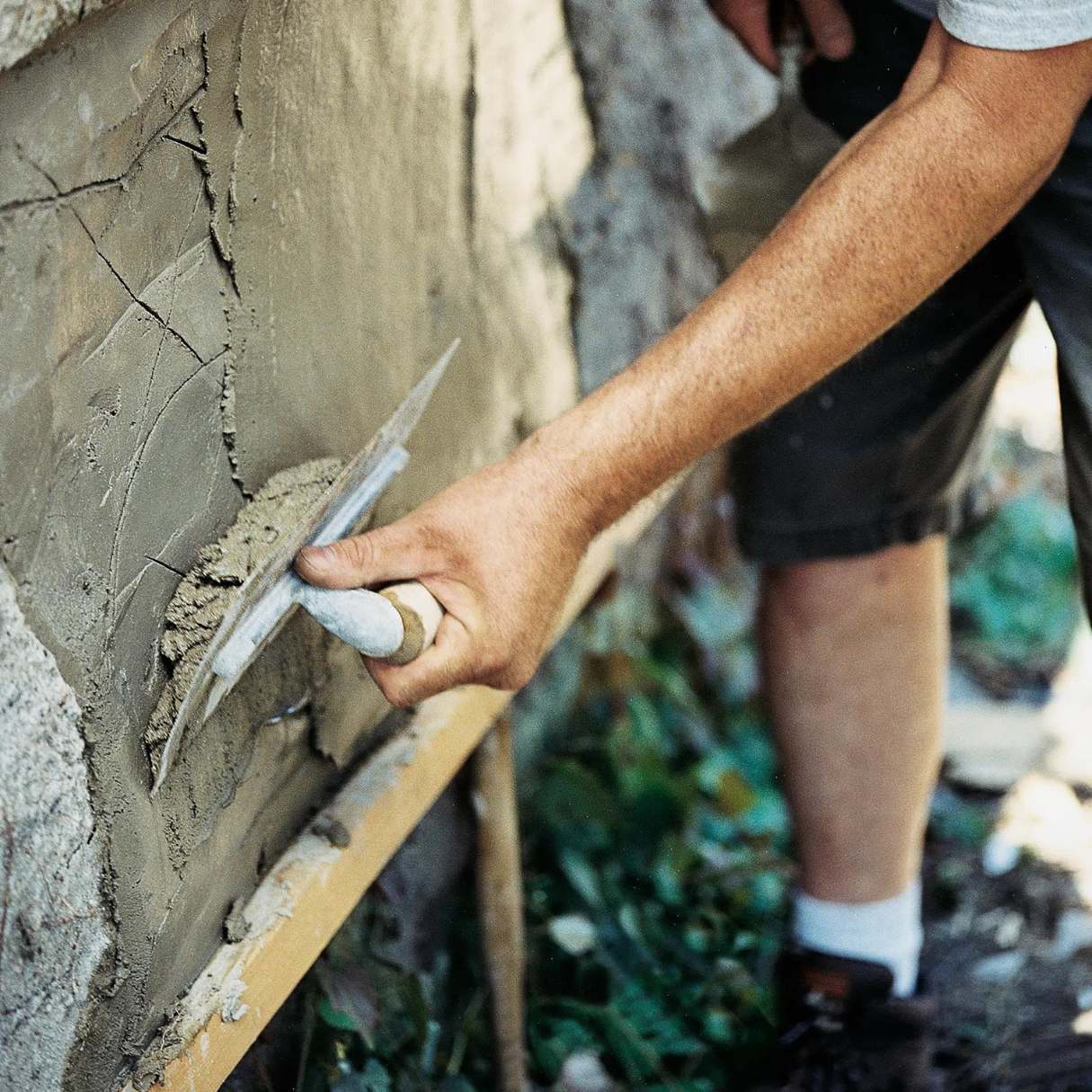

0 thoughts on “What Does Excavation Mean In Construction”